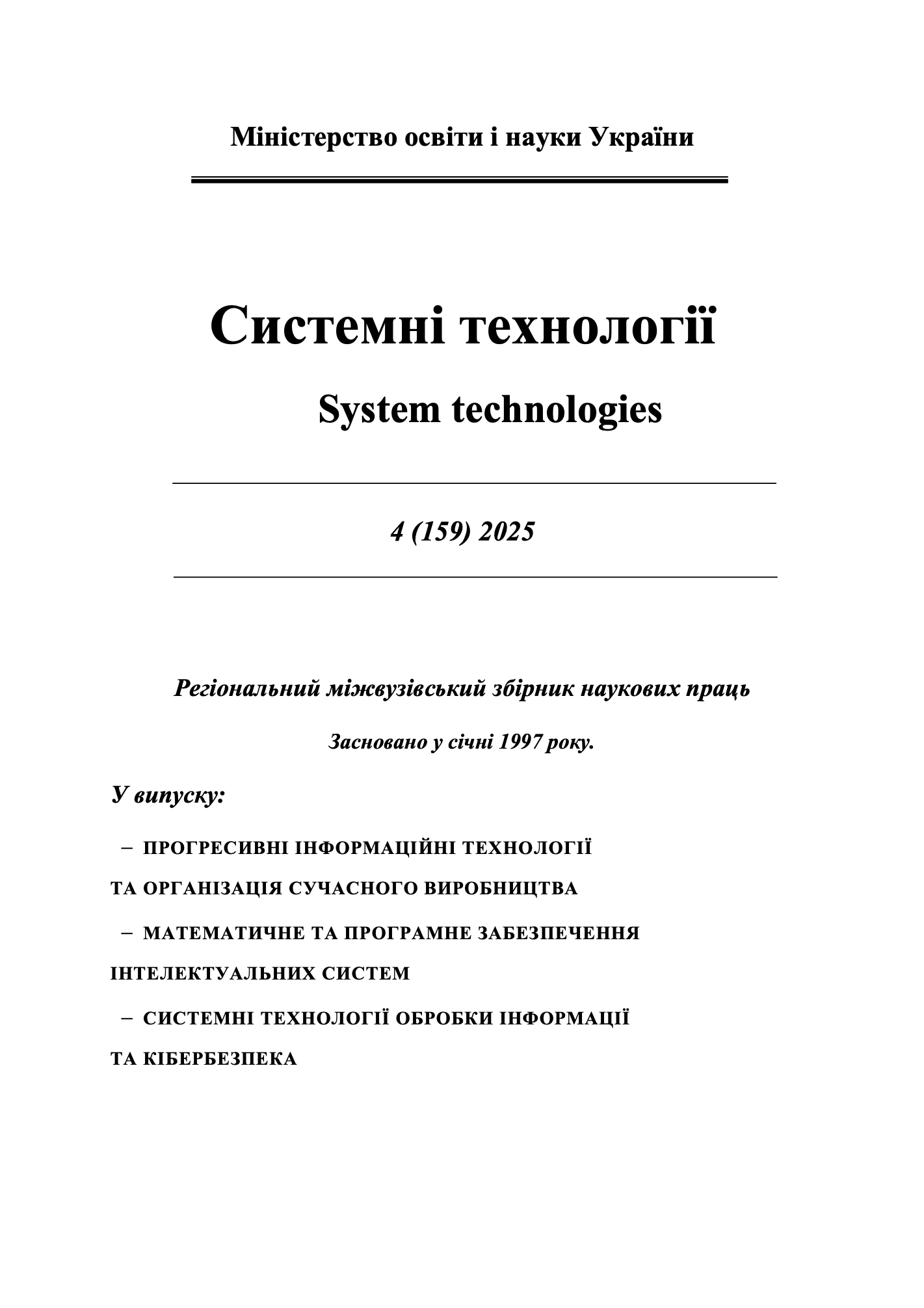Correlational studies of the kinetics of fatigue destruction of railway wheel metal in the delivery condition with different strength levels
DOI:
https://doi.org/10.34185/1562-9945-4-159-2025-15Keywords:
correlation analysis, fatigue fracture, fatigue crack growth, chemical composition, mechanical properties, railway wheelAbstract
Correlation analysis allows you to establish the presence of a linear relationship be-tween a change in one of the characteristics of a system and a change in another characteris-tic of the same system. Correlation studies are especially important for data analysis when the sample is limited. For railway metal products, the ability to predict fatigue crack growth characteristics and fatigue failure prediction is important because it is related to safety is-sues. Conducting long-term tests under multi-cyclic loading conditions is laborious and ex-pensive, and their implementation is not always possible in production conditionsAt the same time, the chemical composition and service mechanical properties of a batch of wheels are always known. The purpose of the work is to establish the influence of the main chemical components of carbon steel and mechanical characteristics determined during tensile, hard-ness, and impact tests on crack growth rates under cyclic loading conditions based on corre-lation analysis. According to the results of the analysis of the coefficients of the pairwise lin-ear correlation between the content of the main chemical elements in the steel and the fatigue crack growth indicators, a very high negative relationship Kth (the maximum value of the stress intensity coefficient, at which the crack does not develop during a given number of cy-cles) and Kfc (the stress intensity factor at which the specimen collapses, this value is achieved at maximum compression of plastic deformation and fracture by normal separation) with a change in carbon content, and for n (tangent of the slope of the straight line on the lin-ear, linear section of the kinetic diagram of fatigue fracture, which characterizes the rate of increase in the crack growth rate) – a high negative correlation with the change in the man-ganese content, K* (stress intensity coefficient at a crack growth rate of 10-7 m/cycle) – with the change in the vanadium content, but at the same time, a very high positive relationship was established between K* and the content of silicon and sulfur, with n – the content of phosphorus. The value of the Pearson coefficient was established at the level of 0.99 for such pairs of characteristics: Kth and elongation, Kth and impact strength, Kfc and shrinkage, K* and hardness, K* and ultimate strength) Criterion n is the least sensitive to changes in other mechanical properties, it is shown that only elongation and impact strength have a high cor-relation with this characteristic. Further research is needed to establish the relationship with the change in impurity elements and to establish functional patterns of the influence of char-acteristics on fatigue crack growth rates.
References
Branco, R., Costa, J.D., Borrego, L.P., Berto, F., Razavi, N., & Macek, W. (2021) Com-parison of different one-parameter damage laws and local stress-strain approaches in multiaxial fatigue life assessment of notched components. International Journal of Fatigue, 151, 106405. https://doi.org/10.1016/j.ijfatigue.2021.106405
Fang, X.-Y., Huang, W., Yang, X.-F., & Wang, J.-G. (2020). Effects of temperature on fatigue cracks initiation and propagation for a high-speed railway wheel rim steel. Engineer-ing Failure Analysis. 2020. Vol. 109. Р. 104376.
https://doi.org/10.1016/j.engfailanal.2020.104376
Ma, L., Guo, J., Liu, Q.Y., & Wang, W.J. (2017).Fatigue crack growth and damage charac-teristics of high-speed rail at low ambient temperature. Engineering Failure Analysis, 82, 802-815. https://doi.org/10.1016/j.engfailanal.2017.07.026
Nejad, R.M., Berto, F (2021). Fatigue fracture and fatigue life assessment of railway wheel using non‐linear model for fatigue crack growth. International Journal of Fatigue, 153, 106516. https://doi.org/10.1016/j.ijfatigue.2021.106516
Sakalo, V., Sakalo, A., Rodikov, A., Tomashevskiy, S. (2021).Computer modeling of pro-cesses of wear and accumulation of rolling contact fatigue damage in railway wheels using combined criterion. Wear, 432–433, 102900. https://doi.org/10.1016/j.wear.2019.05.015
Downloads
Published
Issue
Section
License
Copyright (c) 2025 System technologies

This work is licensed under a Creative Commons Attribution 4.0 International License.















